SVP-7200 Pilot Operated Safety Valve
- Home
- Products
- Safety Valve & Control Valve Division
- AST SpA Products
- SVP-7200 Pilot Operated Safety Valve
Operating Animation
– Full nozzle design
– Flanged connections can be manufactured according to a wide range of standards
– Bubble-tight seats near set pressure allow high operating pressure and are not as sensitive to vibrational and pulsating service
– Available with metallic or soft seats
– Vertical pilot mounting ensures consistent set pressure and blow-down as contrasted to erratic, horizontally mounted pilots
– All pressurized parts are hydraulically tested
– The high flow coefficients allow the most economical sizing of the valve
– Materials in compliance with NACE standards and wide range of optional exotic materials
– A variety of accessories and options are available like fields test connection, field test indicator, backflow preventer, pilot supply filter, pressure spike snubbers and others
- For an increased flow capacity full bore pilot operated safety valves are available.
- Modulating and on-off pilots are available
· For steam or most valves in air/gas service, “pop” (an audible loud pop) – SMS 7100
· For liquid service, first vertical steady stream
· For some valves in air/gas service (SMU -7000 ), first audible
Rapid increases in system pressure (more than 2 psig/second, water hammer, reciprocating pumps) can make the valve appear to be opening early because the gage cannot accurately report the pressure to which the valve is exposed.
The user has a documented procedure and an associated implementation program for the periodic removal of the pressure relief valves for inspection and testing, and repair as necessary.
The omission is specified by the user.
· The user shall obtain permission to omit the lifting device from the authority having jurisdiction over the installation of pressure vessels.
Salient Features
List of Salient Features:
– Full nozzle design
– Flanged connections can be manufactured according to a wide range of standards
– Bubble-tight seats near set pressure allow high operating pressure and are not as sensitive to vibrational and pulsating service
– Available with metallic or soft seats
– Vertical pilot mounting ensures consistent set pressure and blow-down as contrasted to erratic, horizontally mounted pilots
– All pressurized parts are hydraulically tested
– The high flow coefficients allow the most economical sizing of the valve
– Materials in compliance with NACE standards and wide range of optional exotic materials
– A variety of accessories and options are available like fields test connection, field test indicator, backflow preventer, pilot supply filter, pressure spike snubbers and others
Additional Information
- For an increased flow capacity full bore pilot operated safety valves are available.
- Modulating and on-off pilots are available
Downloads
FAQ
· For steam or most valves in air/gas service, “pop” (an audible loud pop) – SMS 7100
· For liquid service, first vertical steady stream
· For some valves in air/gas service (SMU -7000 ), first audible
Rapid increases in system pressure (more than 2 psig/second, water hammer, reciprocating pumps) can make the valve appear to be opening early because the gage cannot accurately report the pressure to which the valve is exposed.
The user has a documented procedure and an associated implementation program for the periodic removal of the pressure relief valves for inspection and testing, and repair as necessary.
The omission is specified by the user.
· The user shall obtain permission to omit the lifting device from the authority having jurisdiction over the installation of pressure vessels.

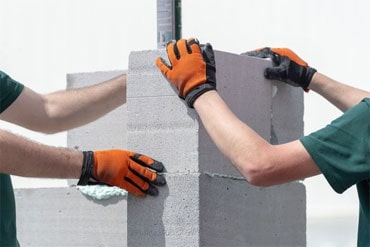 Aerated Concrete Block Industry
Aerated Concrete Block Industry 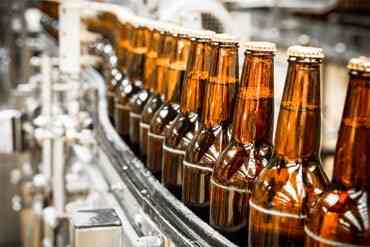 Brewery Industry
Brewery Industry 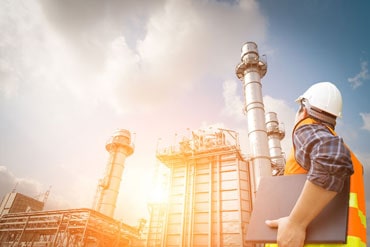 Captive Cogen Industry
Captive Cogen Industry 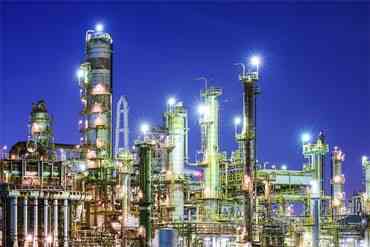 Chemical Industry
Chemical Industry  Dairy Industry
Dairy Industry 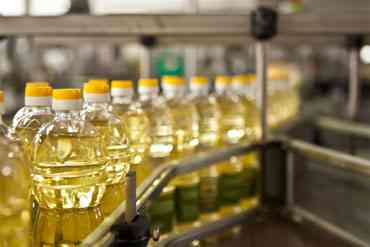 Edible Oil Industry
Edible Oil Industry 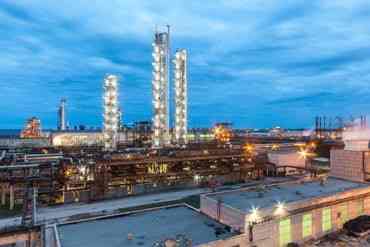 Fertilizer Industry
Fertilizer Industry  Hotel Industry
Hotel Industry 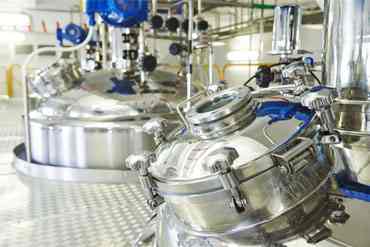 Pharma Industry
Pharma Industry 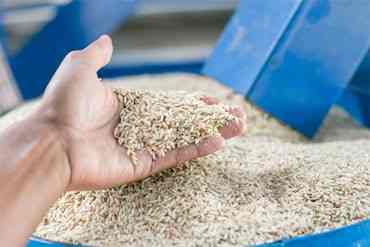 Rice Industry
Rice Industry 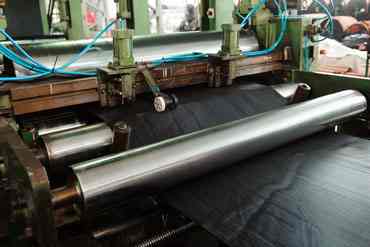 Rubber Industry
Rubber Industry  Soap Industry
Soap Industry 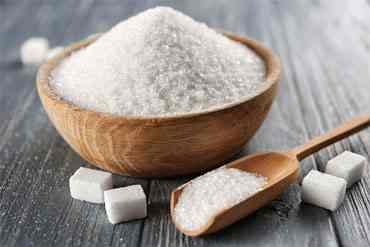 Sugar Industry
Sugar Industry  Textile Industry
Textile Industry 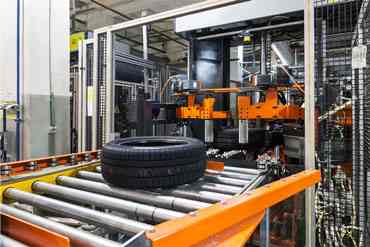 Tyre Industry
Tyre Industry
SVP-7200
AST SVP 7200 Pilot operated safety valves ares most suitable to handle high back pressure up to 80% of the Set pressure
Catalog
Datasheet